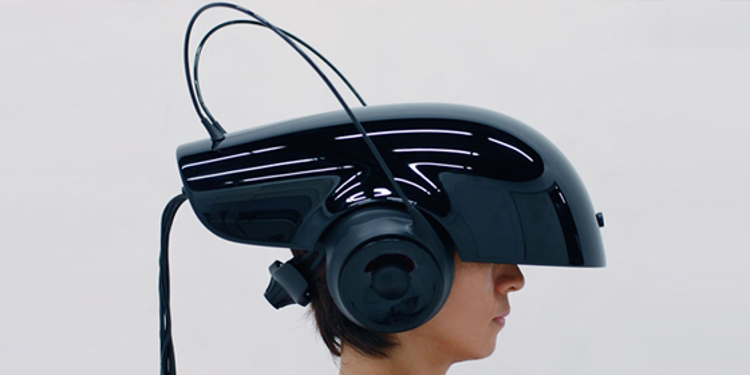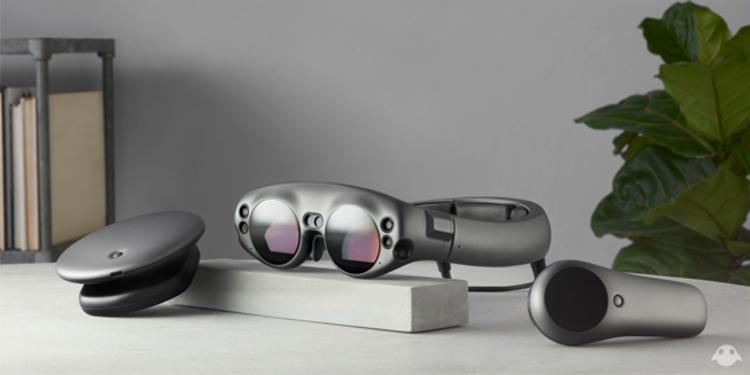Is Reality Really Real?


Traditional bricks-and-mortar stores continue to innovate in order to offer genuine reasons for shoppers to return. Recent retail predictions suggest that one way to attract consumers and reduce ‘showrooming’ (without resorting to more invasive measures) is to blend the physical and digital brand experience.
One approach is to introduce 3D technologies in store, and VR and AR have seen a surge in popularity recently, becoming ever more mainstream. VR, AR, MR or just good old fashioned RR - We look at what they can offer and how they may evolve in the short term.

Virtual reality offers the ability to be completely immersed in an experience, by blocking our visual and audio experience of reality. On the plus side this makes the unobtainable instantly tangible (space exploration in your front room?) but the experiences can be disorientating and limited in their interactive capabilities.
When VR is used in-store, it rarely engages more than one person at a time, but simpler implementations (smartphone viewers) can reach more customers using 360 video or panoramic images.
The alternative to a fully immersive VR experience, is augmented reality (AR). Still in its infancy, but growing rapidly, AR has the potential to shift a wider range of user experiences across social media, wayfinding, entertainment, and beyond. Currently smart phones offer the best vehicle to consume AR content, but as hardware and software evolve, AR is predicted to become part of everyday life much in the way that graphical user interfacing did.
A far richer and personalized experience is created when digital and physical content is seamlessly merged. Because the reality is augmented rather than fabricated, it complements the user’s perception of reality instead of completely replacing it.

Could the best solution be offered by combining VR with AR? A truly convincing combination may not be too far off as Mixed Reality continues to grow; Realtime rendering is beginning to make content indistinguishable from its surroundings. This is where the hardware must evolve and the eagerly anticipated MR goggles from Magic Leap, are part of the next step.
Advanced motion tracking, lighting and feedback adapt AR assets to their physical surroundings, meaning that Magic Leap promises to provide the most believable (and visually comfortable) experience to date. The goggles use a wearable PC to process visual algorithms in real time and return the results to the headset. With advanced depth and light technologies, the system can trick the eye into believing digital light signals are as real as the environment they appear in. Screens, 3D infographics and brand assets can all be materialized with unrivaled levels of reality.
Mixed reality has the potential to offer a unique experience beyond AR or VR alone and heavy investment in the company should produce some interesting content in the coming years. The future of reality is changing, with each technology able to deliver new experiences – Perhaps the key is to avoid implementing ‘what’s hot’ and instead use ‘what’s right’ for your customers.
If you would like to talk with Oakwood about your reality, please get in touch.
